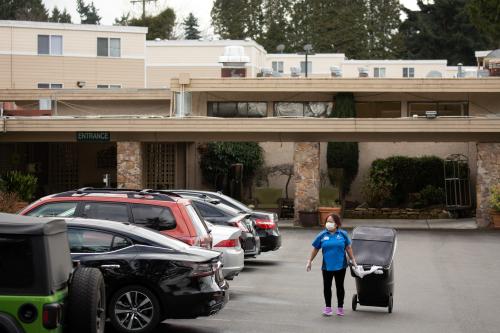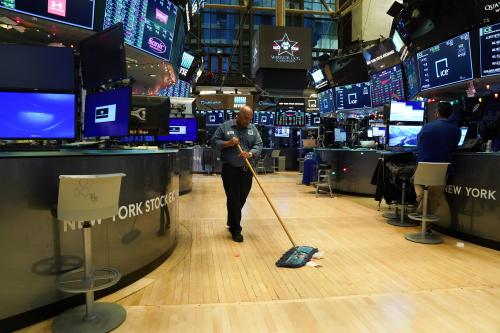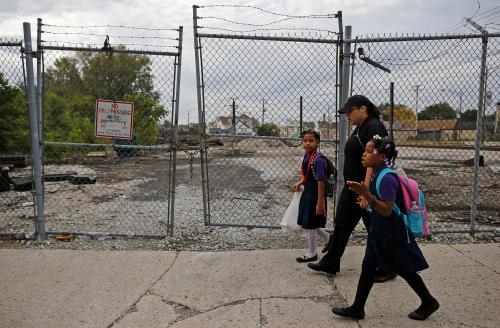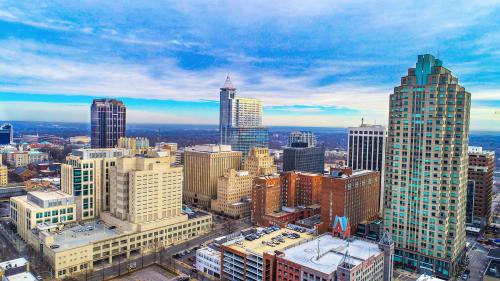In addition to the dire risk to individual health, side effects of the coronavirus pandemic are sure to include widespread economic hardship and uncertainty. If you experience these symptoms, you’re mostly on your own—as the virus reveals a grossly inadequate safety net and willfully ineffective political system that are poised to leave our most vulnerable workers bearing the brunt of the economic and social impact.
The self-quarantines and social distancing measures taken in response to COVID-19 are critical to keeping people safe by reducing exposure to the virus and slowing its spread. But we can already see the strains in our health care system that foreshadow even greater disruptions in the weeks and months to come. Similarly, we are witnessing the unavoidable side effects of social distancing: the reduced economic activity that ensues when masses of people stay home or avoid large gatherings. In turn, this translates into reduced demand for workers.
Already, news reports are coming in about layoffs, and economy-watchers predict an increased likelihood of recession.
The labor market effects will not be pretty. Many of the affected workers are at the bottom of the wage spectrum, and a layoff or reduced hours could spell financial disaster.
In the United States, 53 million people must get by on low wages, with median hourly earnings of $10.22. Some of the largest occupations employing these workers are also the most susceptible to the economic slowdown accompanying the virus’ spread: 5 million food service workers, 4.5 million retail clerks, and 2.5 million custodians and housekeepers. When college campuses empty out, when stadiums don’t host games, or when conferences are cancelled, it means that food servers, cooks, clerks, and housekeepers are out of work. And many low-wage workers and those in sales and service industries lack paid sick or vacation leave, which results in no earnings coming in at all.
These vulnerable workers are not confined to just a handful of big cities or destitute towns—they are in every region across the country. The table below provides a snapshot for selected occupations and where they are prevalent.
So far, federal proposals to provide economic relief have been uninspired and counterproductive, to say the least. President Trump is considering a payroll tax cut, which would not help those who have been laid off due to the pandemic and not receiving paychecks at all. It’s also poorly targeted to those who need it most: low-income workers and families. Further, Trump is wreaking havoc with unclear pronouncements about travel restrictions. Meanwhile, Republican senators blocked passage of an emergency bill requiring employers to provide paid leave to all workers in public health emergencies.
There are plenty of better ideas for how the federal government can cushion the blow to workers facing dramatic earnings declines and prevent a sustained economic downturn, including direct payments to households, increased SNAP benefit levels, and reducing the economic pressure on states by increasing the federal share of Medicaid spending.
The coronavirus is providing a brutally efficient lesson about the value of a well-rounded economy that doesn’t leave workers without income, health care, or paid leave during times of crisis. These lessons aren’t just for the classroom or thought experiments—the consequences are very real.








Commentary
Coronavirus makes it impossible to ignore the economic insecurity built into our labor market
March 13, 2020